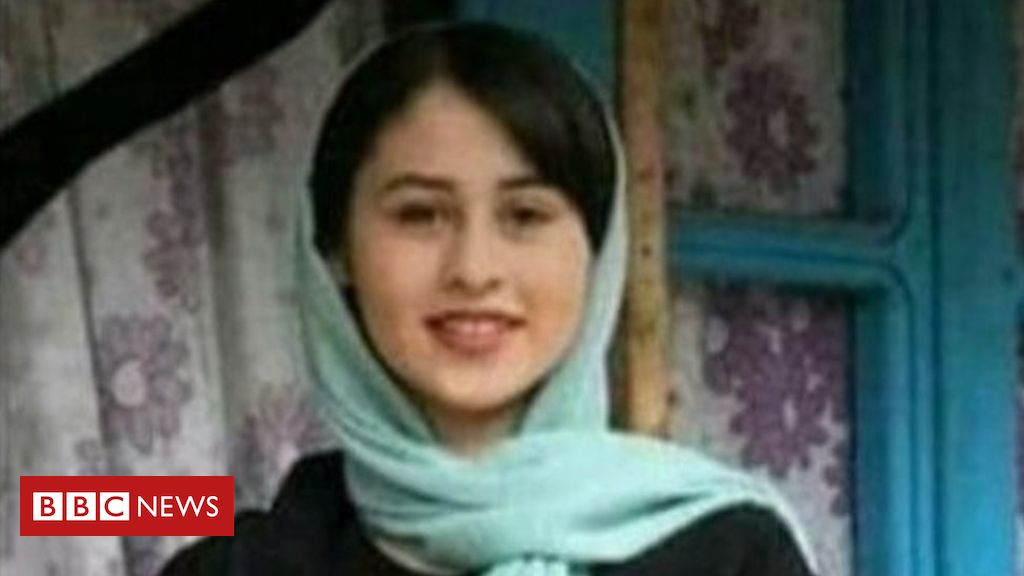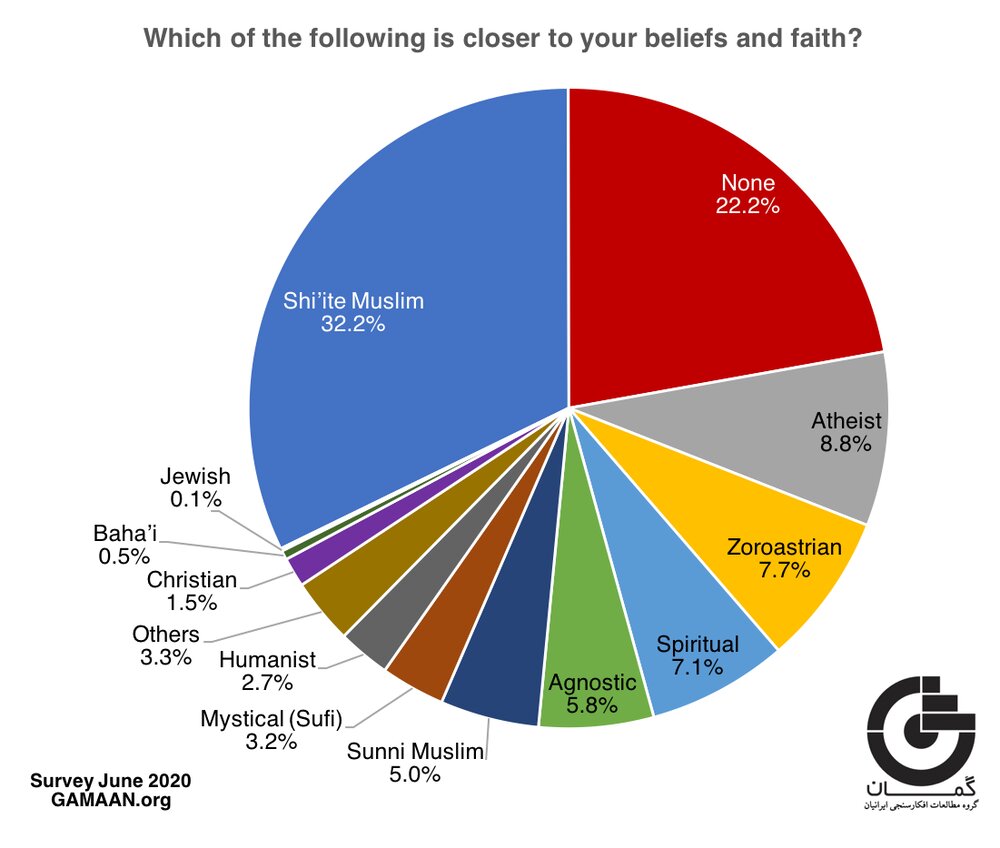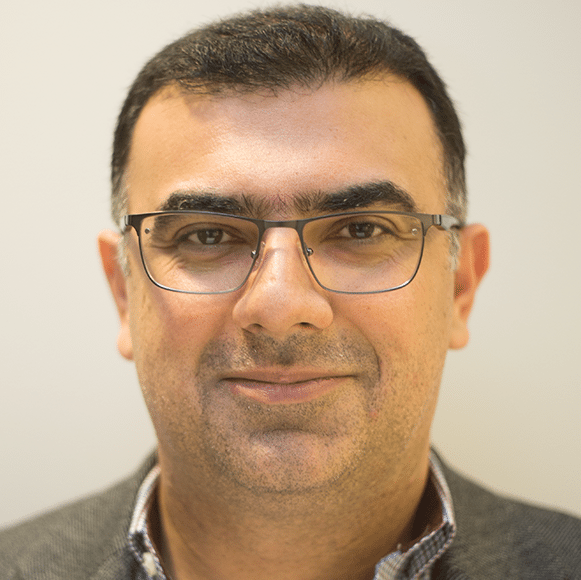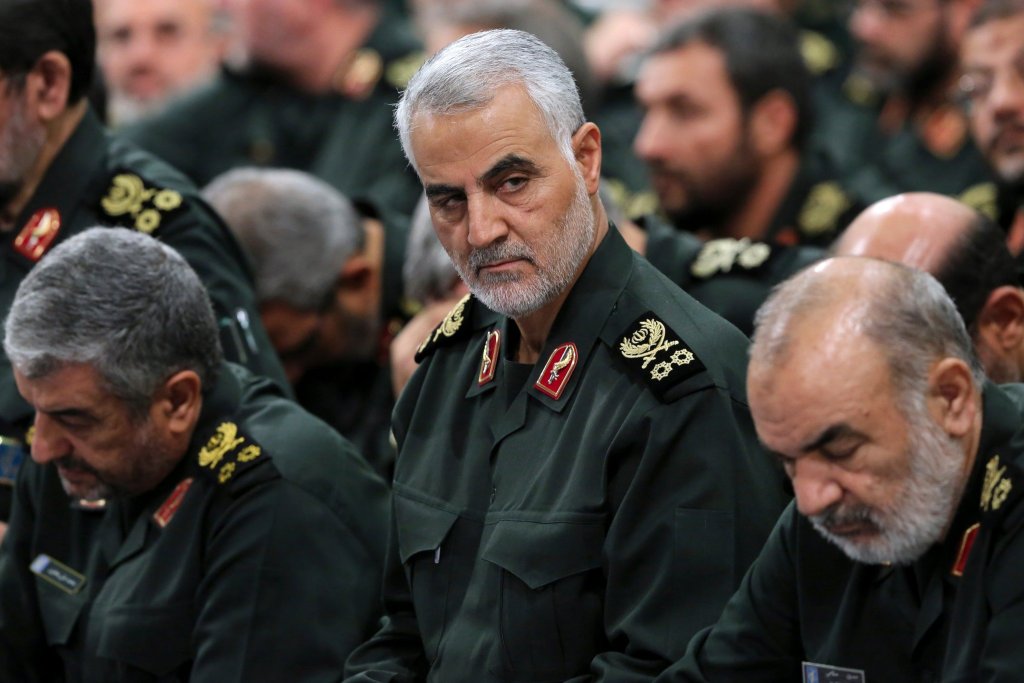Just as a brutal killing in America is helping to change thought about racism, so has one in Iran, challenging traditions that have long devalued the lives and rights of women and children.
Farmer Reza Ashrafi may have considered the death of his 14-year-old daughter Romina in the name of family honor inevitable. But its ability to spark an uproar that is challenging Iranian traditions of patriarchy and improving women’s and children’s rights had to appear unlikely.
After all, hundreds of Iranian women die each year in so-called honor killings.
Yet revulsion over Romina’s gruesome murder by his hand in late May, amplified by the power of social media, has done just that: prompted a national debate in Iran that shows how significant evolutionary change can come to even the most traditional corners of a society.
Romina had a boyfriend, 15 years older: a biker with a bearded hipster look, three tattoos on his neck, and a reputation for “harassing” girls at the local school in their village of Sefid Sangan in northwestern Iran.
Romina’s father did not approve, according to family accounts told to Iranian media. He bought rat poison and told his wife to convince Romina to use it to commit suicide, or at least teach her to “hang herself,” to save him the trouble of killing her.
Amid such threats, the student with A grades, long black hair, and an easy smile – whose once-adoring father used to bring her cakes and snacks, according to the school principal – last month ran away with her boyfriend.
“I’m leaving, Daddy. You were going to kill me anyway, right?” Romina reportedly wrote in a goodbye note. “If people ask about me, tell them I died.”
When Mr. Ashrafi located her, days later, he convinced authorities despite her protests that Romina would be safe in his care. Yet the father beheaded his daughter with a sickle as she slept.
Most intrafamily murders in Iran disappear in silence, as they often do in Pakistan, Afghanistan, Turkey, and elsewhere. But the barbarous details of Romina’s death spread quickly, moving the needle of outrage and change toward protecting the lives of women and children.
A deputy justice minister whose portfolio includes children’s rights, Mahmoud Abbasi, said Romina’s father was “stuck in the Middle Ages.”
“Owner of the blood”
Lawmakers quickly approved a measure to criminalize child abuse and neglect, now frequently referred to as “Romina’s law,” that had languished for 11 years. President Hassan Rouhani urged that the bill be fast-tracked, along with another drafted eight years ago criminalizing sexual and physical abuse of women.
That latter bill has yet to be passed, even though official 2018 statistics indicate that two-thirds of married women have been exposed to domestic violence. But the steps signal how social media – with both the wider awareness it engenders, and popular pressure it can bring to bear –has enhanced the impact of activists pushing for social change, even among the most hidebound.
Critical in this case is widespread anger over Iran’s current law, based on Shiite Muslim tradition, which stipulates that Mr. Ashrafi, as the male guardian of his daughter and therefore “owner of the blood,” can’t face the death penalty for murdering her. At most, he faces 10 years in prison.
“It’s a long road to change the culture of a nation, the thinking of a person that, for hundreds of years, from their dads and their grandfathers, they’ve learned if your child says something, you can kill them, if your wife says something, you can do that,” says Nasrin Izadpanah, a lawyer in Tehran who often handles family cases.
“You can’t change it overnight, but like other nations that have done that, it is doable,” says Ms. Izadpanah. Removing “cultural poverty” requires starting with how children are taught at school to “learn that they can’t act as the law,” she says.
“Five years from now, maybe we can’t change anything about the law, but people’s social consciousness will change, the culture will evolve,” she says.
Indeed, Iranian women have achieved far more than most of their regional peers. They are vice presidents, doctors, and lawyers – even a Nobel Peace Prize winner – and form the majority of university students and graduates.
Many killings
Yet they are afflicted by killings by male relatives at a rate of at least one each day in the country of 83 million. At a conference on the “Pathology of Filicide” in Tehran, convened after Romina’s death, sociologist Saeed Madani stated that 20% of all murders in Iran are honor killings.
Those percentages track rare official figures released by Iranian police in 2013 and 2014. In 2011, at least 340 Iranian women were victims of honor killings.
Wide exposure of Romina’s case has, in fact, triggered a cascade of news about half a dozen other recent grisly murders, which include poisoning, the forced drinking of acid, stabbing of a pregnant wife, and a father’s killing of his adult daughter with an iron bar for coming home late at night.
“We’re at this stage that, with people’s access to social media ... access to information has changed exponentially, even in the last six or seven years,” says Tara Sepehri Far, the Iran researcher for Human Rights Watch in Washington, D.C.
“A whole generation of people who never caught up with lap-tops and e-mail now use a phone, have social media accounts, and use WhatsApp and Telegram,” says Ms. Sepehri Far, noting that even remote villages have 3G and 4G networks.
“So what is happening is these cases are getting more attention, while the [past] grassroots work is finally paying off. Because ultimately, you’re dealing with a society that is evolving,” she says. “When this sparks domestic outrage, then [authorities] have to move the ball in some way.”
Urgent legal reforms are needed, lawyer Alireza Azarbaijani told the Iranian Labor News Agency (ILNA). But the real problem is patriarchy “exacerbated by traditional fanaticism and ignorance that are sugarcoated with such notions as honor, dignity, or protection of namous [family female chastity].”
Cases “kept hidden”
Even the death penalty may not be deterrent enough, suggests Mahmoud Alizadeh Tabatabaei, a senior lawyer.
“We have dozens or perhaps hundreds of Romina-like cases in Iran, but they are kept hidden and receive no media coverage,” he told ILNA. The solution is “raising awareness ... to avert such harsh treatment of women at the hands of men.”
Iran’s supreme leader, Ayatollah Ali Khamenei, has not spoken publicly of Romina’s death. But his website reposted these comments from 1997: “Any violation or physical harm against women has to be responded to with severe punishment.”
Yet the challenge is encapsulated in Romina’s own divided family. Her mother, Rana Dashti, says she can’t look her husband in the eyes and will seek the death penalty. But the death notice does not include a portrait of Romina – a red rose is pictured in its place – and Mr. Ashrafi is listed as the top “mourner” of a males-only lineup.
Still, few defend the murder. The conservative Farhikhtegan newspaper called prison a “lenient punishment.”
Even Kobra Khazali, the ultraconservative head of the Socio-Cultural Council of Women and Family – who argues vehemently against raising the minimum marriage age for girls above 13, or allowing women into sports stadiums – called for the judge to “focus on the larger public aspects of the crime and sentence the man to death.”
Graphic reporting “created a shock and spread like wildfire,” says a political analyst in Tehran, who asked not to be named. “The direction of the wind is changing, even among the conservatives. They cannot accept that a father can kill his children. Maybe it was tacitly agreed decades ago, but not anymore.”
An old battle
Still the challenge of making change is immense, says Parvin Ardalan, a veteran women’s rights activist. In 2005 – after dozens of women were attacked by police for street protests – she launched the One Million Signatures Campaign, which some credit as the seed for today’s progress.
When the Monitor spoke to her in Tehran in early 2009, she had just been awarded the Simone de Beauvoir Prize for Women’s Freedom, and faced multiple security charges.
The petition aimed to “increase consciousness in society and thinking of equality,” she said back then. These days, that same dynamic is enhanced exponentially by social media and “mass awareness,” which pressures authorities to make changes, says Ms. Ardalan, who now lives in Malmö, Sweden.
She recalls the limits of the previous era of grassroots activism, when she and fellow campaigners went door to door to spread their message. During a seven-day stint in Evin prison, she gave a women’s rights booklet to an interested female guard.
“We tried to use everywhere as a platform for ourselves,” recalls Ms. Ardalan. “What has changed? Now the news is increasing a lot ... making people have a reaction, to demand a response.”
Source: Christian Science Monitor






